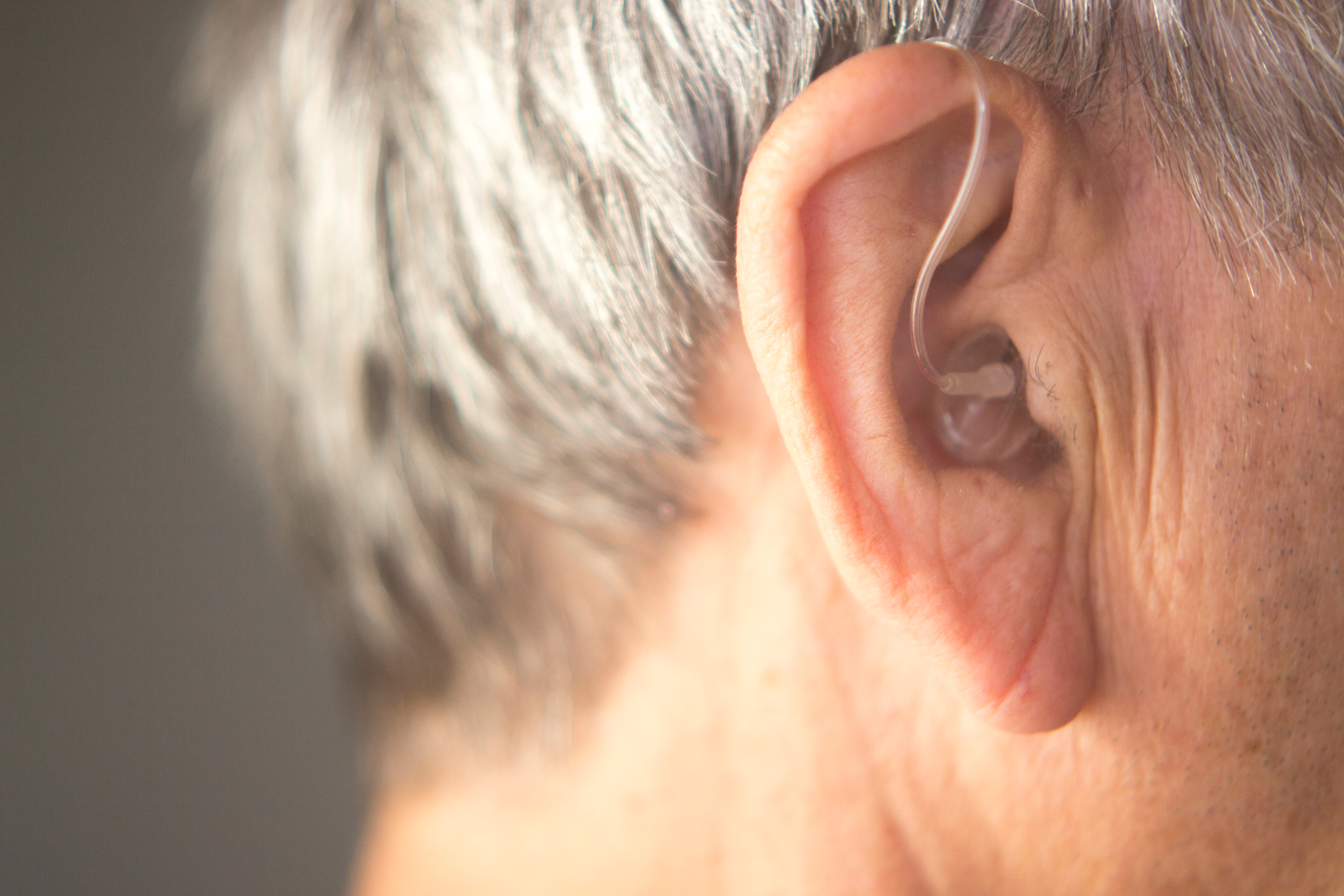Hearing Aid Prices and Models for Seniors A Complete Guide
As we age, hearing loss becomes increasingly common, affecting our quality of life and ability to communicate effectively. Fortunately, modern hearing aids offer advanced solutions to address this issue. This comprehensive guide explores the various hearing aid options available for seniors, their features, and pricing considerations to help you make an informed decision.

What are the most common types of hearing aids for seniors?
When it comes to hearing aids for seniors, several types are available to suit different needs and preferences:
-
Behind-the-ear (BTE): These devices sit behind the ear and connect to an earpiece inside the ear canal. BTE hearing aids are versatile and suitable for various degrees of hearing loss.
-
In-the-ear (ITE): These custom-made devices fit entirely within the outer ear, making them less visible than BTE models.
-
In-the-canal (ITC): Smaller than ITE aids, these fit partially in the ear canal and are less noticeable.
-
Completely-in-canal (CIC): These are the smallest and least visible hearing aids, fitting entirely within the ear canal.
-
Receiver-in-canal (RIC): Similar to BTE aids, but with the speaker placed inside the ear canal, offering a more discreet option.
What features should seniors look for in hearing aids?
When selecting hearing aids, seniors should consider the following features:
-
Bluetooth connectivity: This allows for easy pairing with smartphones and other devices for streaming audio and making calls.
-
Rechargeable batteries: These eliminate the need for frequent battery changes and are more convenient for seniors with dexterity issues.
-
Noise reduction: Advanced algorithms help reduce background noise, making it easier to focus on conversations.
-
Directional microphones: These enhance speech understanding in noisy environments by focusing on sounds coming from specific directions.
-
Telecoil: This feature improves sound quality when using the telephone or in public spaces with hearing loop systems.
-
Smartphone apps: Many modern hearing aids can be controlled and adjusted using smartphone applications, offering greater customization and ease of use.
How do hearing aids address different types of hearing loss?
Hearing aids are designed to address various types and degrees of hearing loss:
-
Sensorineural hearing loss: This is the most common type among seniors, caused by damage to the inner ear or auditory nerve. Most hearing aids are designed to amplify sounds to compensate for this type of loss.
-
Conductive hearing loss: Caused by problems in the outer or middle ear, this type may require specific hearing aid features or additional medical interventions.
-
Mixed hearing loss: A combination of sensorineural and conductive loss, which may require a combination of treatments and specialized hearing aid features.
-
High-frequency hearing loss: Many seniors experience difficulty hearing high-pitched sounds. Some hearing aids offer frequency lowering technology to address this issue.
What are the best hearing aid models for seniors?
While individual needs may vary, some hearing aid models are particularly well-suited for seniors:
-
Phonak Audéo Paradise: Offers excellent sound quality and connectivity options.
-
Oticon More: Features advanced AI technology for improved speech understanding.
-
ReSound ONE: Known for its natural sound and personalized fitting options.
-
Starkey Livio AI: Includes fall detection and brain health tracking features.
-
Widex Moment: Provides a natural listening experience with minimal distortion.
How much do hearing aids typically cost for seniors?
Hearing aid prices can vary significantly based on the technology level, features, and provider. Here’s a general pricing guide:
| Technology Level | Average Price Range (per aid) | Key Features |
|---|---|---|
| Basic | $1,000 - $1,500 | Essential amplification, minimal noise reduction |
| Mid-range | $1,500 - $2,500 | Better noise reduction, some wireless connectivity |
| Advanced | $2,500 - $3,500 | Superior sound quality, advanced features, full connectivity |
| Premium | $3,500 - $5,000+ | Cutting-edge technology, AI-driven sound processing |
Prices, rates, or cost estimates mentioned in this article are based on the latest available information but may change over time. Independent research is advised before making financial decisions.
It’s important to note that these prices are per hearing aid, and most individuals require two devices. Some providers offer bundled services, including fittings, adjustments, and follow-up care, which may affect the overall cost.
Where can seniors find affordable hearing aid options?
Seniors looking for more affordable hearing aid solutions have several options:
-
Medicare Advantage plans: Some plans offer coverage for hearing aids and related services.
-
Veterans benefits: Eligible veterans may receive hearing aids through the VA healthcare system.
-
Nonprofit organizations: Some organizations provide refurbished hearing aids or financial assistance for those in need.
-
Over-the-counter (OTC) hearing aids: Recently approved by the FDA, these devices offer a more affordable option for adults with mild to moderate hearing loss.
-
Local audiology clinics: Many offer financing options or package deals that can make hearing aids more accessible.
-
Online retailers: Some companies offer direct-to-consumer hearing aids at lower prices, though professional fitting and follow-up care may be limited.
In conclusion, hearing aids can significantly improve the quality of life for seniors experiencing hearing loss. By understanding the various types, features, and pricing options available, seniors can make informed decisions about their hearing health. Remember to consult with an audiologist or hearing specialist to determine the best solution for your individual needs and budget.
This article is for informational purposes only and should not be considered medical advice. Please consult a qualified healthcare professional for personalized guidance and treatment.




